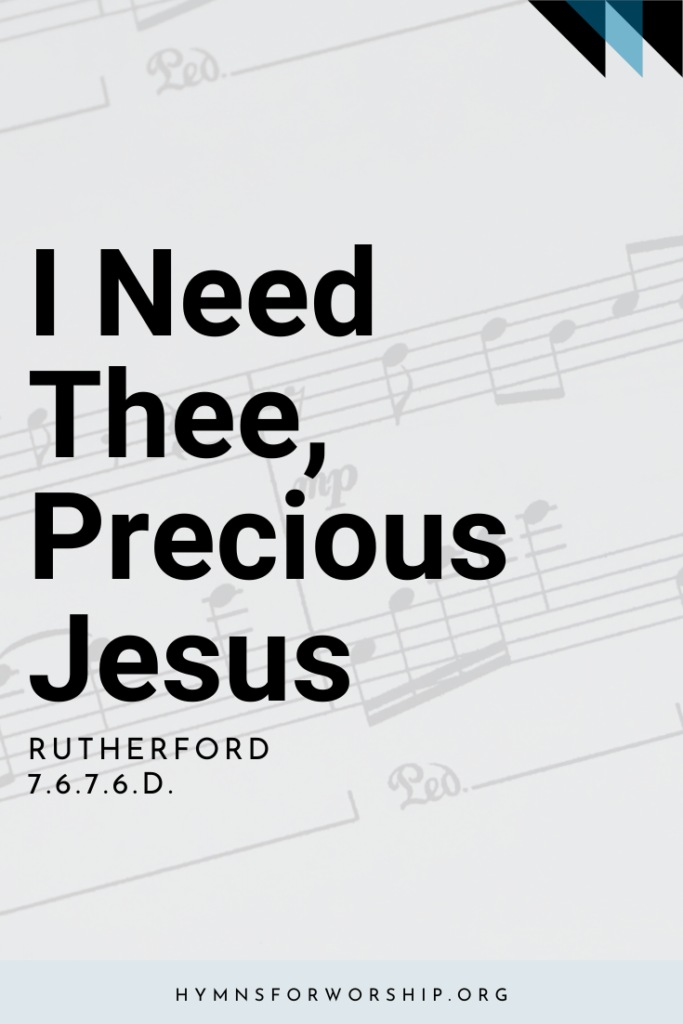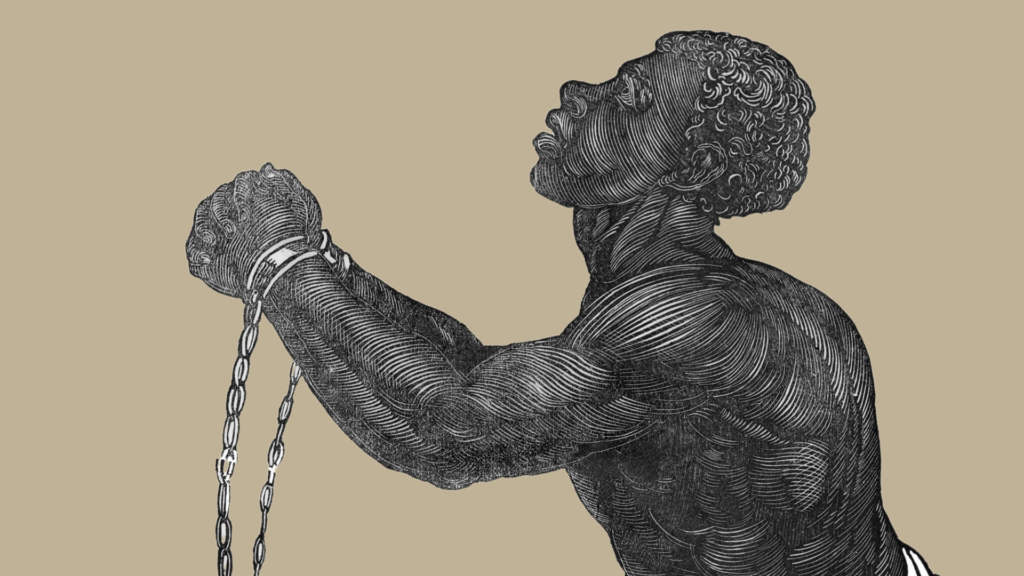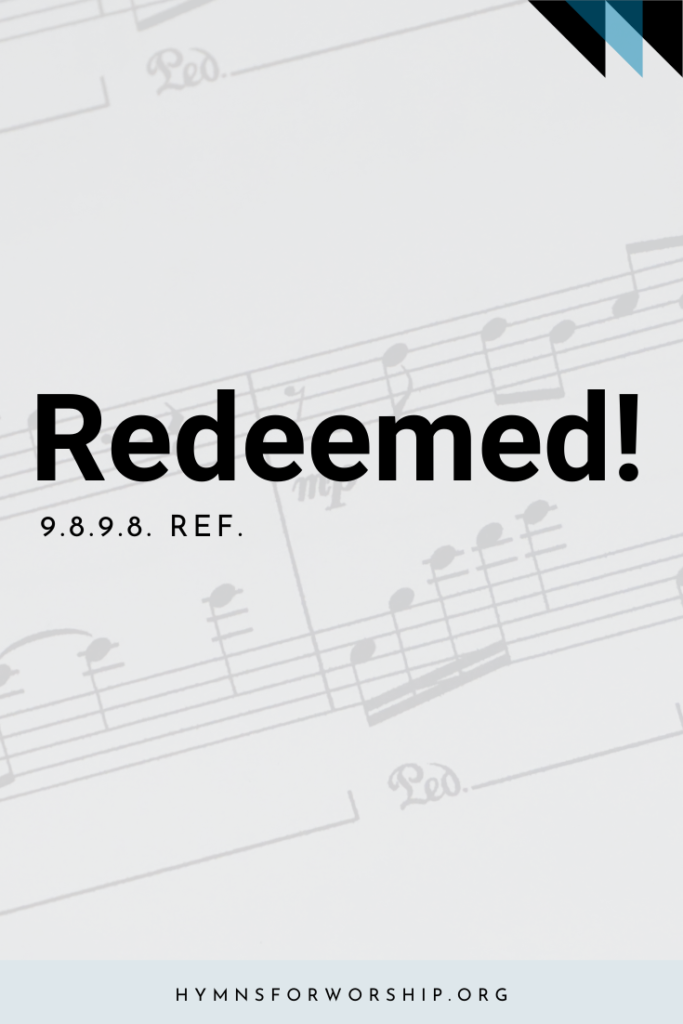JESUS CHRIST >> Birth
SDAH 142
Angels we have heard on high
Sweetly singing o’er the plains,
And the mountains in reply
Echoing their joyous strains.


Get the hymn sheet in other keys here
For Worship Leaders
Make each hymn more meaningful with these helpful tools: Short, ready-to-use hymn introductions for church bulletins, multiple ways to introduce a hymn based on your worship theme and in-depth history and insights to enrich your song service.
Hymn Spotlight: Angels We Have Heard on High
This beloved carol comes from the French countryside, possibly dating back to the 18th century. Its jubilant refrain—“Gloria in excelsis Deo”—draws directly from the angelic praise recorded in Luke 2:14.
With its joyful melody and echoing refrain, this hymn invites us to lift our voices like the shepherds and angels did that holy night.
May our hearts be filled with the same awe and praise as we reflect on the wonder of Christ’s birth.


Text
1
Angels we have heard on high
Sweetly singing o’er the plains,
And the mountains in reply
Echoing their joyous strains.
Refrain
Gloria, in excelsis Deo!
Gloria, in excelsis Deo!
2
Shepherds, why this jubilee?
Why your joyous strains prolong?
What the gladsome tidings be
Which inspire your heavenly song?
3
Come to Bethlehem and see
Christ Whose birth the angels sing;
Come, adore on bended knee,
Christ the Lord, the newborn King.
4
See Him in a manger laid,
Whom the choirs of angels praise;
Mary, Joseph, lend your aid,
While our hearts in love we raise.

Hymn Info
Biblical Reference
Luke 2:8-14
Translator
Tr. in Crown of Jesus, 1862, alt., Adapted by Earl Marlatt (1892-1976)
Text Source
French carol
Copyright
from the New Church Hymnal copyright 1937 by Flemming H. Revell Company; renewal 1965 H. Augustine Smith, Jr. Published by Flemming H. Revell Company
Hymn Tune
GLORIA
Metrical Number
7.7.7.7.Ref.
Arranger / Harmonized / Paraphrased
Arr. by Edward Shippen Barnes , 1937 (1887-1958)
Tune Source
French carol
Theme
BIRTH OF JESUS CHRIST





